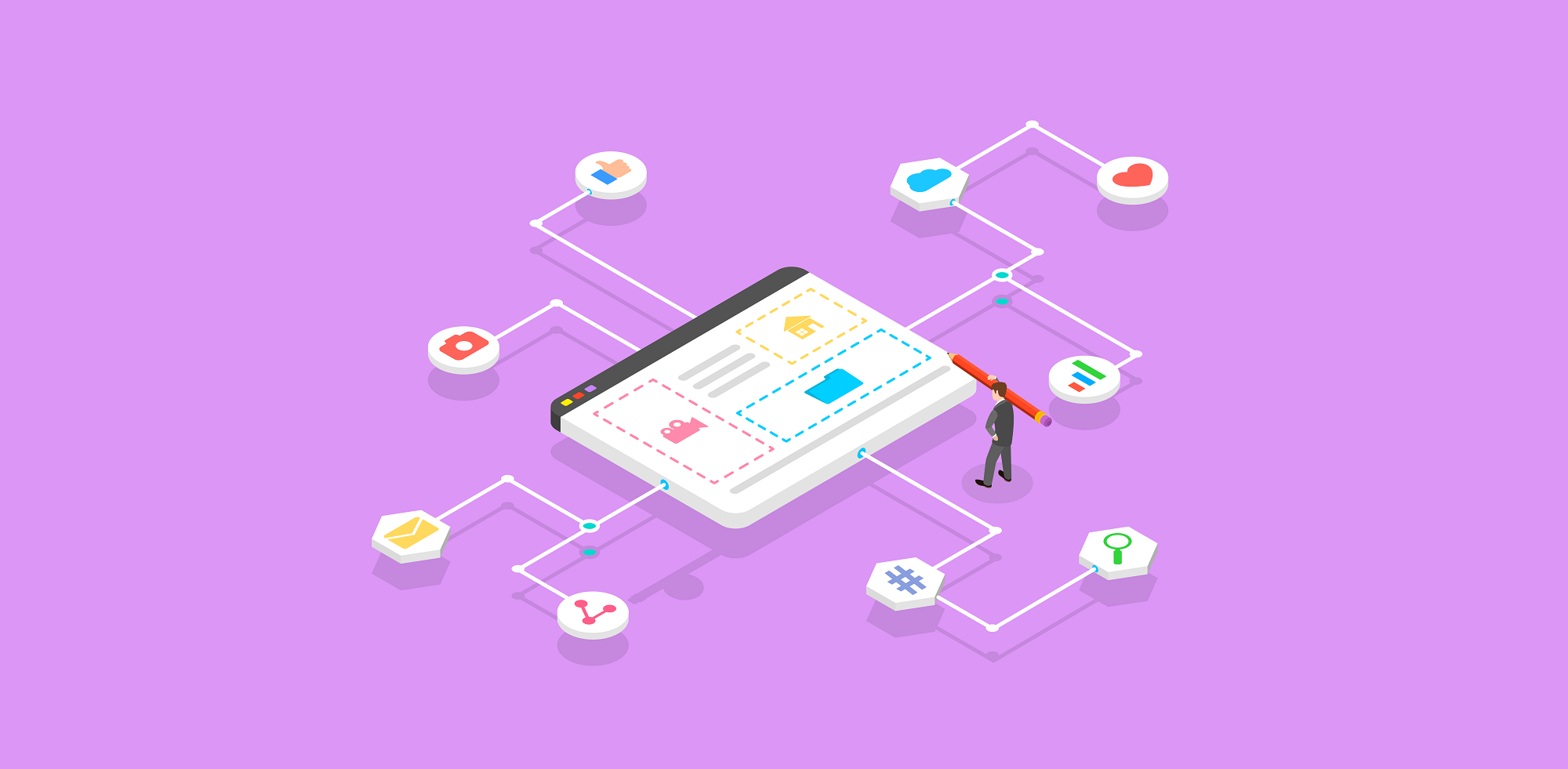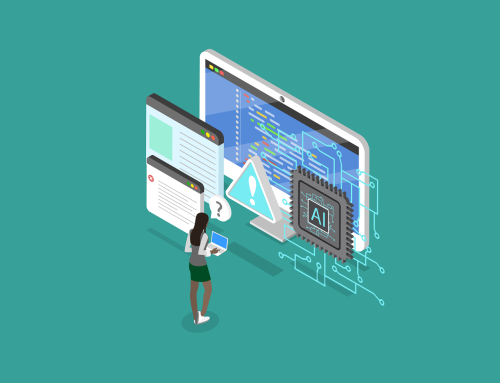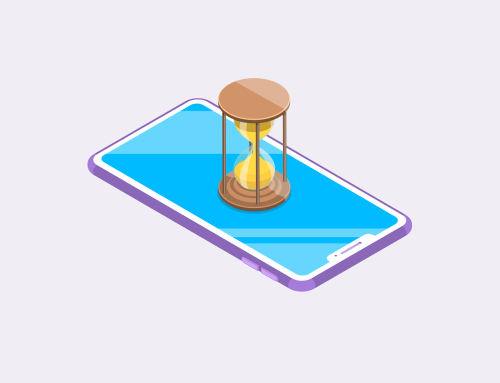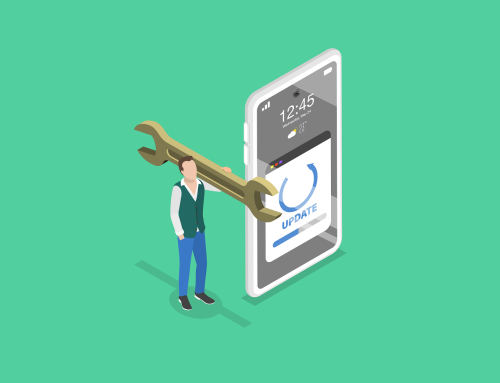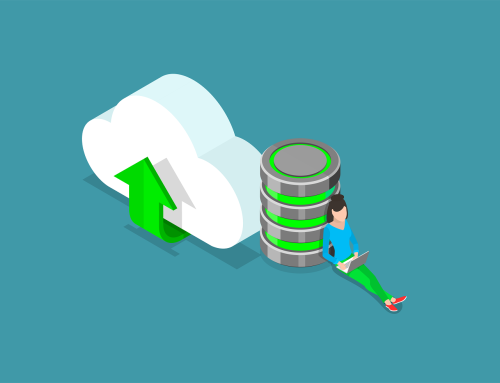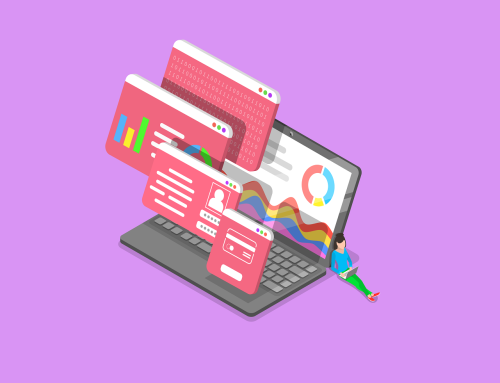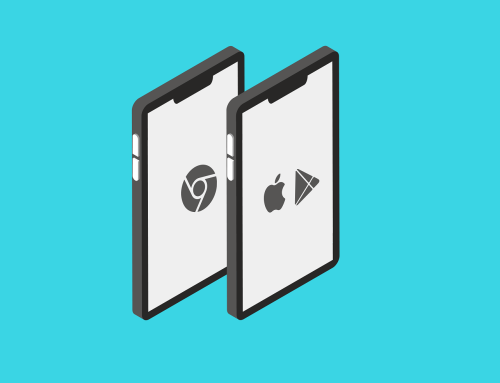What is an API and How Does it Work?
As consumers and businesses increasingly incorporate web and mobile apps into their daily routines, businesses are discovering new uses for previously isolated data sources with APIs.
APIs have become vital tools for businesses in all industries. They are used everywhere in today’s world and offer a tremendous benefit to organisations. At this point, most large companies have built some form of API for their customers or for internal use.
Without getting into in-depth technical details, this blog goes over the basics of what an API is, how it works and how it works in real world situations.
What is an API?
APIs (application programming interfaces) are information gateways that allow applications and services to communicate between one another.
As APIs can be used in different situations such in an operating system or website, there are many different types of APIs.
All of these different types of APIs work differently, but towards the same goal of tying disparate applications together. Without APIs, applications would be limited in their interconnectivity and development time would drastically increase.
With APIs, reinventing the wheel is not a requirement with every new project. This allows features to be added with ease, recharging your application or webservice with the latest technology.
How Does an API Work?
Data is typically stored in a database hosted on servers. To access and retrieve this data you need something to understand how to communicate with the database to get it to provide you with what you need.
The API works as a secure “user interface” that applications, devices and databases can use to exchange information between one another. It acts like a translator between two people that both speak different languages.
A website or application makes the API call for a set of data or information to display for the user to consume. The request is made via the API that accesses the web server to retrieve the requested information, which is then displayed in the UI for the end user.
The way an API functions is often compared to how a waiter in a restaurant acts as the intermediary between you (the customer) and kitchen. The customer doesn’t need to know how the food will be made but they know they will get what they requested.
When you hear discussion about APIs, the focus tends to be on web technologies, but APIs aren’t limited to just web services. Other examples include REST APIs, SOAP APIs, iOS/Android APIs.
What are some examples of an API in use?
An API can be used connect any process. Popular examples of an API in use can be as simple as a YouTube video embedded in a third-party website.
Other simple uses include:
- Travel agents integrating a mapping service (such as Google Maps) to display hotel locations into their websites and apps.
- Chatbots and chat services being available on an Insurance provider’s support page.
- Weather data being displayed in outdoor activity apps.
- Traffic data gathered from an external source being displayed in your real-time transportation application.
APIs can be utilised in more complex ways for internal business processes. They can help create automated workflows between internal software, greatly reducing redundant work and improve organisational efficiency.
Even though most end users wouldn’t even realise they’re using one, APIs have ultimately been a game-changer for modern software. It has allowed for many of the software tools we use today become cloud-based and accessible wherever we are in the world.
Do you wish to find out more about the API & software development we offer to improve your data strategy? Be sure to contact us today on +353 1 8041298 or get in touch below!


